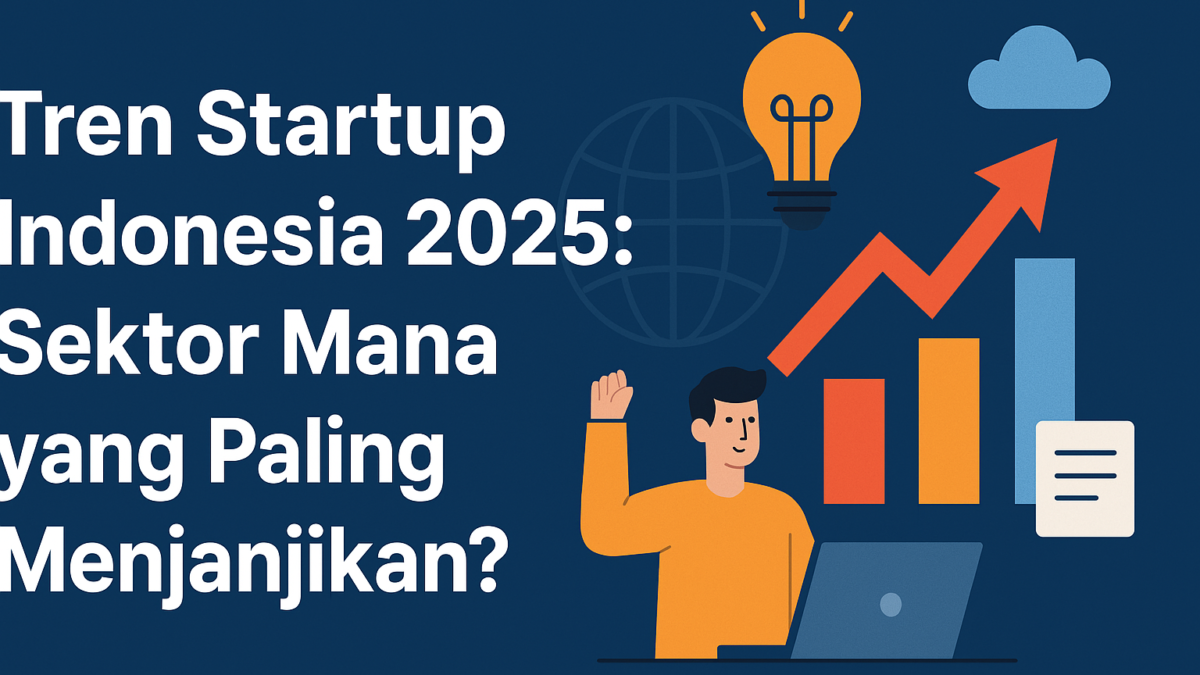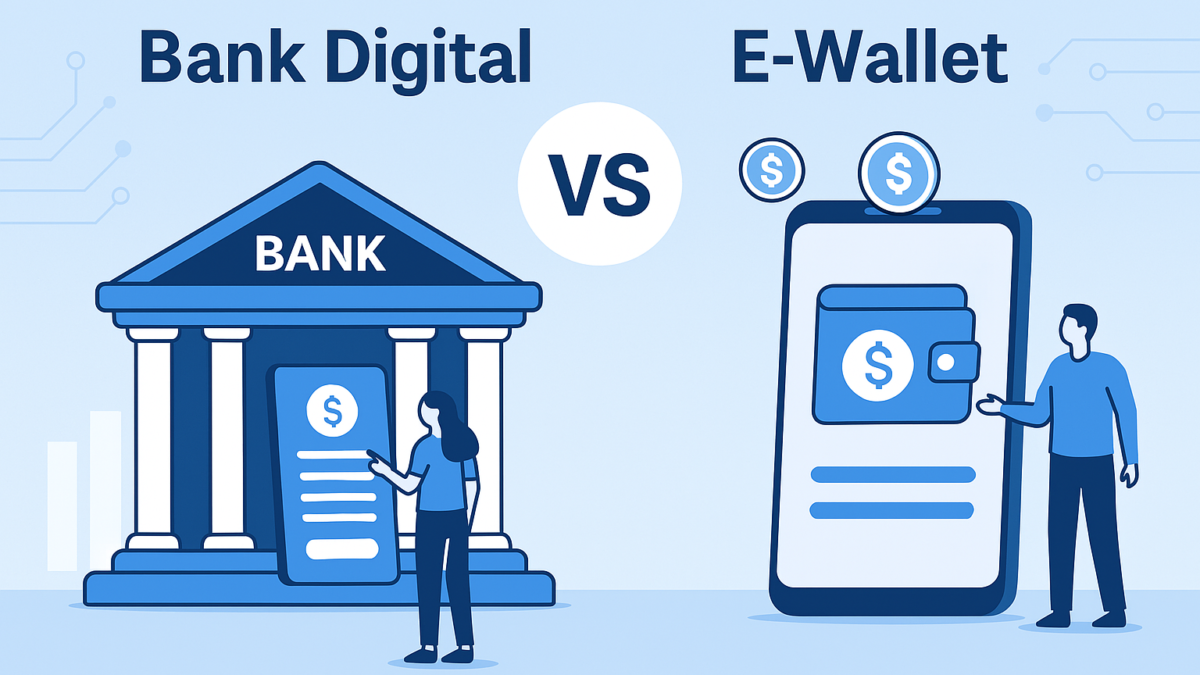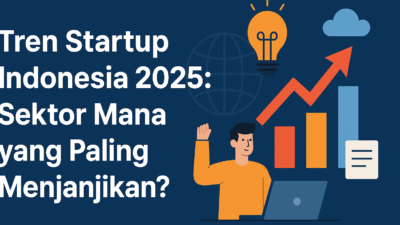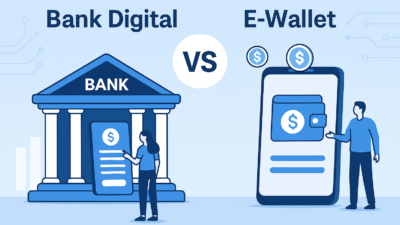
Overview
Artificial Intelligence (AI) is becoming a game-changer in the financial technology (fintech) sector, especially for businesses like payment gateways. As the demand for faster, more secure, and personalized financial services grows, fintech companies in Indonesia are increasingly turning to AI to enhance their offerings and remain competitive. However, successful AI integration requires careful strategic planning, especially for technical implementation. This article will guide you through the essential steps for preparing your fintech business, specifically a payment gateway, for AI integration, supported by relevant data and examples.
1. Assessing Your Current Capabilities
Before diving into AI implementation, it’s crucial to assess your current technological infrastructure, data management practices, and human resources. This assessment will help identify the gaps that need to be addressed to support AI integration.
Data Infrastructure:
- Data Quality and Availability: AI algorithms thrive on high-quality, well-structured data. For a payment gateway, this includes transaction data, customer profiles, fraud detection patterns, and more. According to a study by Deloitte, 80% of AI projects fail due to poor data quality. Therefore, ensure that your data is clean, complete, and well-organized.
- Data Storage and Processing: Payment gateways deal with massive amounts of data daily. You need robust data storage solutions that can scale as your business grows. Cloud-based platforms like AWS, Google Cloud, or Azure offer scalable solutions for storing and processing large datasets, ensuring that your AI models have access to the data they need in real-time.
Technical Infrastructure:
- Computing Power: AI, especially machine learning (ML) and deep learning (DL), requires significant computational resources. Payment gateways must invest in high-performance computing infrastructure, such as GPUs (Graphics Processing Units) and TPUs (Tensor Processing Units), which are optimized for AI workloads.
- APIs and Integration Capabilities: Ensure your existing systems can integrate with AI technologies. For payment gateways, this might involve upgrading your APIs to handle AI-driven features like real-time fraud detection or personalized payment experiences.
Human Resources:
- Skill Assessment: AI requires specialized skills, including data science, machine learning, and AI ethics. Assess your current team’s capabilities and identify skill gaps. According to McKinsey, the demand for AI talent has more than doubled in the past few years, with data scientists and machine learning engineers being the most sought-after roles.
- Training and Development: Invest in upskilling your current workforce through AI-focused training programs. Collaborate with universities or online platforms like Coursera or Udacity to provide tailored courses for your employees.
2. Defining Clear AI Objectives
AI implementation should align with your business goals. For a payment gateway, this might involve enhancing transaction security, improving user experience, or increasing operational efficiency. Defining clear objectives will guide your AI strategy and help you measure its success.
Example Objectives for a Payment Gateway:
- Enhancing Fraud Detection: Use AI to identify and prevent fraudulent transactions in real-time, reducing chargebacks and protecting customers.
- Improving Transaction Speed: Implement AI-driven algorithms to optimize transaction processing times, ensuring faster payments and a better user experience.
- Personalizing User Experience: Leverage AI to analyze user behavior and offer personalized payment solutions, such as tailored discounts or payment plans.
Case Study — PayPal: PayPal, one of the world’s largest payment gateways, uses AI to combat fraud. PayPal’s AI models analyze over 100 different variables in real-time to assess the risk of each transaction. This has allowed the company to maintain a fraud loss rate of less than 0.32%, significantly lower than the industry average of 1.32%.
3. Building the Right Team
Successful AI integration requires a multidisciplinary team that includes data scientists, machine learning engineers, AI ethicists, and domain experts. For a payment gateway, this team would work together to design, develop, and deploy AI models that meet your business objectives.
Key Roles and Responsibilities:
- Data Scientists: Responsible for collecting, analyzing, and interpreting complex datasets to inform AI models.
- Machine Learning Engineers: Focus on developing and deploying machine learning models that can process transaction data, detect fraud, and personalize user experiences.
- AI Ethicists: Ensure that AI implementations are ethical, transparent, and compliant with regulations, particularly when dealing with sensitive financial data.
- Domain Experts: Professionals with deep knowledge of the payment industry who can provide insights into specific challenges and opportunities in the market.
Hiring Strategies:
- Internal Development: Upskill your existing employees by offering training in AI and machine learning.
- External Hiring: Consider hiring AI specialists from outside the organization. According to LinkedIn’s 2023 Emerging Jobs Report, AI and machine learning specialists are among the fastest-growing job categories globally.
- Partnerships: Collaborate with AI startups, universities, or research institutions to access the latest AI technologies and talent.
4. Developing a Data Strategy
Data is the lifeblood of AI. For a payment gateway, a robust data strategy is essential to ensure that your AI models are fed with the right data, in the right format, at the right time.
Key Components of a Data Strategy:
- Data Collection: Identify the types of data you need, such as transaction records, user behavior data, and fraud patterns. Implement data collection mechanisms that are compliant with data protection regulations like GDPR or Indonesia’s PDP (Personal Data Protection) law.
- Data Management: Develop processes for storing, managing, and securing your data. Use data lakes or warehouses to centralize your data, making it easier to access and analyze.
- Data Quality Control: Implement tools and processes for maintaining data quality. This includes data cleaning, normalization, and validation to ensure that your AI models are trained on accurate and reliable data.
- Data Governance: Establish clear data governance policies that define who has access to data, how it can be used, and how it will be protected. This is particularly important in the fintech sector, where data security is paramount.
Technical Implementation:
- Data Pipelines: Build robust data pipelines that can handle the flow of data from collection to storage and processing. Tools like Apache Kafka, Apache NiFi, or Google Cloud Dataflow can help in building scalable and reliable data pipelines.
- ETL Processes: Implement ETL (Extract, Transform, Load) processes to prepare data for AI models. These processes extract data from various sources, transform it into a suitable format, and load it into data storage systems.
5. Choosing the Right AI Tools and Platforms
Selecting the right AI tools and platforms is crucial for implementing AI effectively. For payment gateways, this might involve choosing tools that specialize in real-time data processing, fraud detection, or machine learning.
Popular AI Tools for Fintech:
- TensorFlow: An open-source machine learning platform widely used for building AI models. TensorFlow is suitable for tasks like fraud detection, risk assessment, and customer behavior analysis.
- IBM Watson: A suite of AI tools that offers natural language processing, machine learning, and predictive analytics. IBM Watson is ideal for developing chatbots, virtual assistants, and AI-driven customer service solutions.
- Amazon SageMaker: A fully managed service that provides tools to build, train, and deploy machine learning models quickly. SageMaker is particularly useful for payment gateways that need to scale their AI operations.
- H2O.ai: An open-source AI platform designed for building machine learning models. H2O.ai offers a range of algorithms and tools specifically for financial services, including fraud detection and credit scoring.
Example Implementation:
Fraud Detection System: A payment gateway can use TensorFlow to build a machine learning model that analyzes transaction data in real-time to detect fraudulent activities. The model can be trained on historical transaction data to identify patterns associated with fraud. Once trained, the model can be integrated into the payment gateway’s transaction processing system to provide real-time fraud alerts.
6. Implementing and Testing AI Solutions
Once you’ve selected your AI tools, it’s time to implement and test your AI solutions. This phase involves deploying your AI models into production and monitoring their performance.
Implementation Steps:
- Prototype Development: Start by developing a prototype of your AI solution. For example, you can build a prototype of a fraud detection model that processes a small subset of your transaction data.
- Testing and Validation: Test your prototype in a controlled environment to validate its performance. Use historical data to simulate real-world scenarios and measure the accuracy, speed, and reliability of your AI model.
- Deployment: Once validated, deploy your AI model into production. Ensure that it integrates seamlessly with your existing systems and processes.
- Monitoring and Optimization: Continuously monitor the performance of your AI model. Use metrics like accuracy, precision, recall, and F1-score to assess its effectiveness. Optimize your model based on feedback and new data.
Technical Implementation Example:
A/B Testing: Conduct A/B testing to compare the performance of your AI-driven fraud detection system against your existing system. This will help you determine whether the AI model offers significant improvements in accuracy and speed.
7. Ensuring Compliance and Ethical AI Use
As you implement AI in your payment gateway, it’s essential to ensure that your solutions are compliant with regulatory requirements and adhere to ethical standards.
Key Considerations:
- Data Privacy: Ensure that your AI models comply with data privacy regulations, such as the GDPR and Indonesia’s PDP law. Implement data anonymization techniques to protect sensitive information.
- Bias and Fairness: Regularly audit your AI models to identify and eliminate biases. For example, ensure that your fraud detection system does not disproportionately flag transactions from certain demographic groups as fraudulent. Tools like IBM’s AI Fairness 360 can help you assess and mitigate bias in your AI models.
- Transparency and Accountability: Maintain transparency in how your AI models make decisions. This is crucial in fintech, where customers and regulators need to trust the systems in place. Provide clear explanations for decisions made by AI, especially when those decisions impact customer transactions or credit scores.
Ethical AI in Practice:
Explainable AI (XAI): Implement explainable AI techniques that allow users to understand how AI models arrive at their decisions. This is particularly important in fintech, where users need to trust that their transactions are being processed fairly. Explainable AI can also help your organization meet regulatory requirements for transparency.
8. Continuous Learning and Improvement
AI is not a one-time implementation; it requires continuous learning and improvement to remain effective and relevant. This involves regularly updating your models with new data, refining algorithms, and staying informed about the latest AI advancements.
Strategies for Continuous Improvement:
- Model Retraining: Regularly retrain your AI models using new transaction data to ensure they remain accurate and effective. This is especially important in fraud detection, where patterns of fraudulent activity can change over time.
- Performance Monitoring: Use performance metrics like accuracy, precision, recall, and F1-score to continuously monitor your AI models. Implement automated systems that alert you when model performance drops below a certain threshold, triggering a retraining or review process.
- Staying Updated: Keep your team informed about the latest AI research and advancements. Attend AI conferences, subscribe to industry journals, and participate in AI communities to stay ahead of emerging trends and technologies.
Example — Continuous Learning in Fraud Detection:
Adaptive Learning Systems: Implement adaptive learning systems that automatically update your fraud detection models as new data becomes available. For instance, PayPal uses adaptive AI models that continuously learn from millions of transactions daily, allowing them to stay ahead of evolving fraud techniques.
9. Engaging with the AI Ecosystem
To maximize the benefits of AI, engage with the broader AI ecosystem. This includes collaborating with AI startups, participating in industry forums, and forming partnerships with academic institutions.
Building an AI Network:
- Partnerships with AI Startups: Collaborate with AI startups that specialize in fintech solutions. These partnerships can provide access to cutting-edge technologies and innovative approaches to AI implementation.
- Academic Collaborations: Partner with universities and research institutions to stay at the forefront of AI research. This can also help you attract top AI talent and gain insights into emerging AI trends.
- Industry Forums and Conferences: Participate in industry forums and conferences focused on AI and fintech. These events provide opportunities to network with AI experts, share best practices, and learn from the experiences of other fintech companies.
Case Study — Visa’s AI Ecosystem Engagement: Visa, a global payment gateway, actively engages with the AI ecosystem by partnering with AI startups and academic institutions. Through its Visa Innovation Program, the company collaborates with fintech startups to develop and deploy AI-driven solutions that enhance payment security and user experience. This approach has helped Visa maintain its leadership position in the payment industry while continuously innovating with AI.
Conclusion: Preparing for AI in Fintech
Implementing AI in your fintech business, particularly a payment gateway, is a strategic move that can drive significant value. However, success requires careful planning, the right technical infrastructure, skilled talent, and a commitment to ethical AI practices. By following the steps outlined in this article — assessing your capabilities, defining clear objectives, building a strong team, developing a robust data strategy, choosing the right tools, implementing and testing AI solutions, ensuring compliance, and engaging with the AI ecosystem — you can effectively integrate AI into your business and unlock its full potential.
As the fintech landscape continues to evolve, staying ahead with AI will not only enhance your competitiveness but also position your business as a leader in innovation. Start planning your AI journey today, and prepare to transform your payment gateway into a powerhouse of efficiency, security, and customer satisfaction.
Call to Action: Follow our series on Medium as we continue to explore the nuances of AI integration in fintech, offering deeper insights, case studies, and practical advice tailored to the Indonesian market. Subscribe now to stay informed and keep your business at the forefront of the AI revolution.















